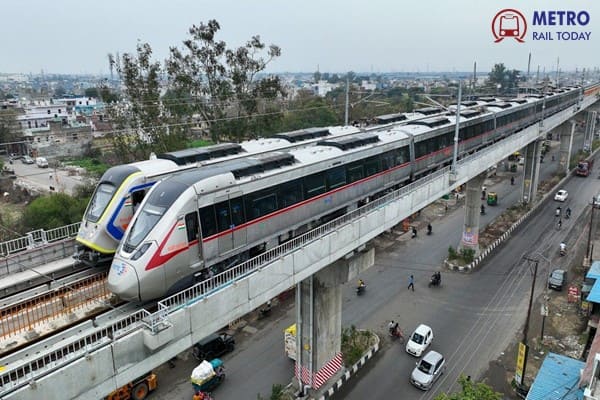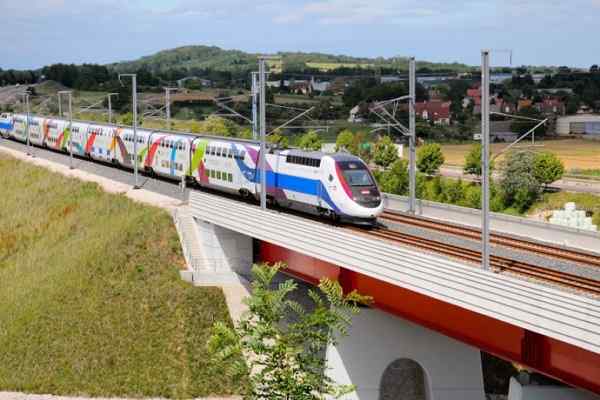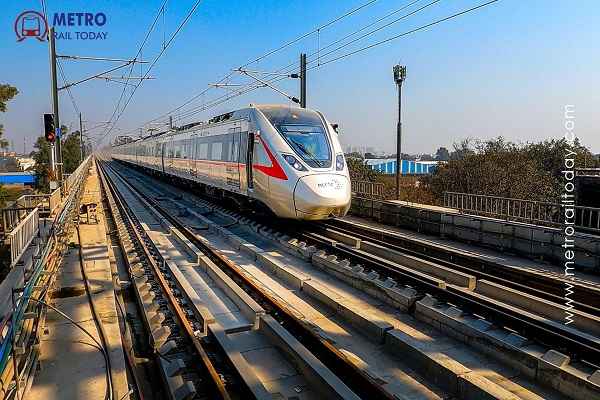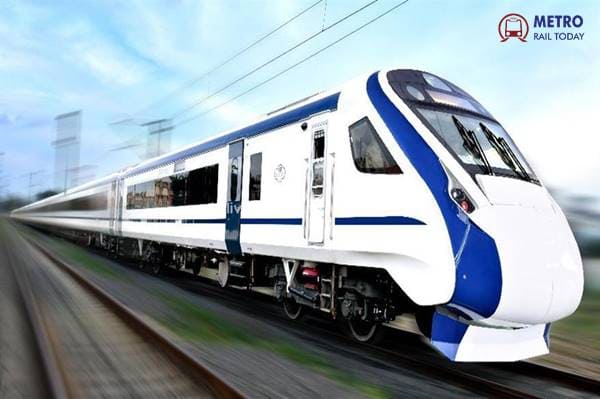 India to introduce 800 Vande Bharat Trains to redefine the future of Indian Railways by 2030
India to introduce 800 Vande Bharat Trains to redefine the future of Indian Railways by 2030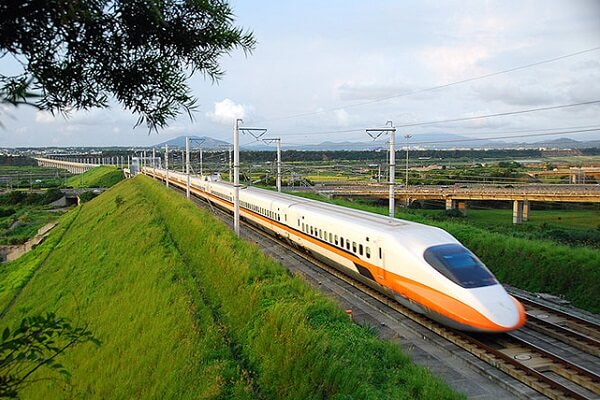 Indian Railways to develop 7,000 km of dedicated Passenger Corridors by 2047
Indian Railways to develop 7,000 km of dedicated Passenger Corridors by 2047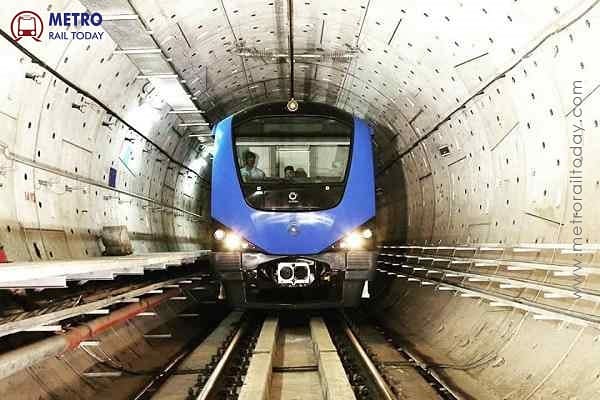 CMRL completes longest Twin Tunnel Breakthrough Drive for Chennai Metro Phase 2
CMRL completes longest Twin Tunnel Breakthrough Drive for Chennai Metro Phase 2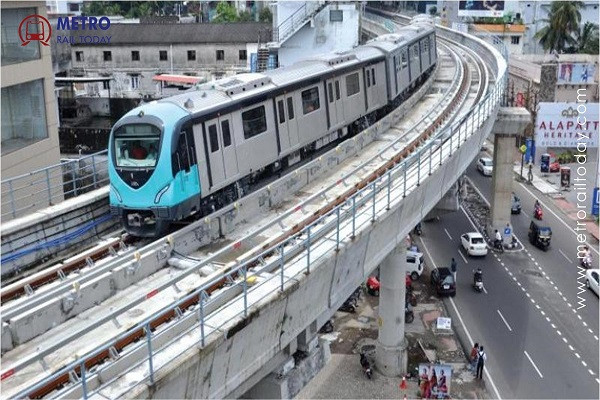 I-Metro calls for collaborative efforts to strengthen India’s Urban Rail Network
I-Metro calls for collaborative efforts to strengthen India’s Urban Rail Network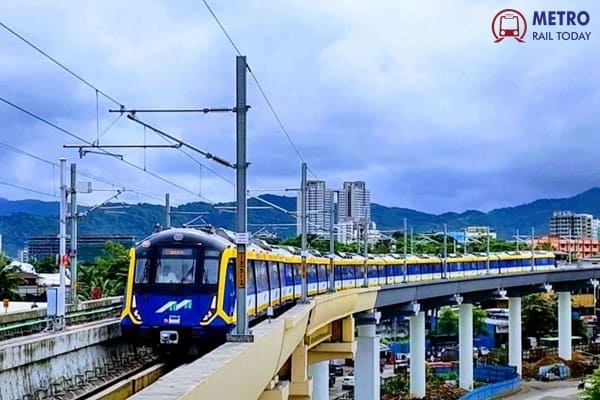 India Emerges as the World’s 3rd Largest Metro Rail Network
India Emerges as the World’s 3rd Largest Metro Rail Network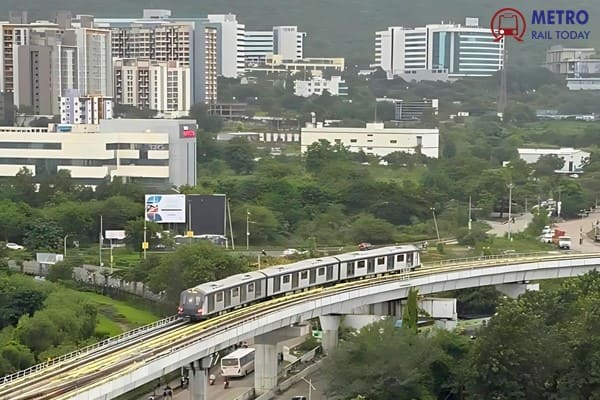 NBC Bearings and iMRail Ink Strategic Pact to power India's Next-Gen Mobility
NBC Bearings and iMRail Ink Strategic Pact to power India's Next-Gen Mobility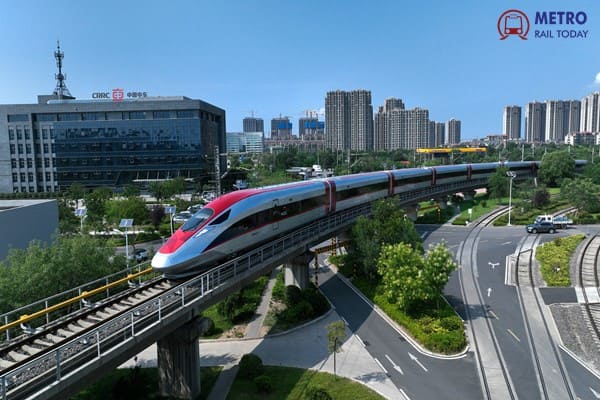 CRRC unveils the World’s First Driverless High-Speed Train capable of 200 km/h
CRRC unveils the World’s First Driverless High-Speed Train capable of 200 km/h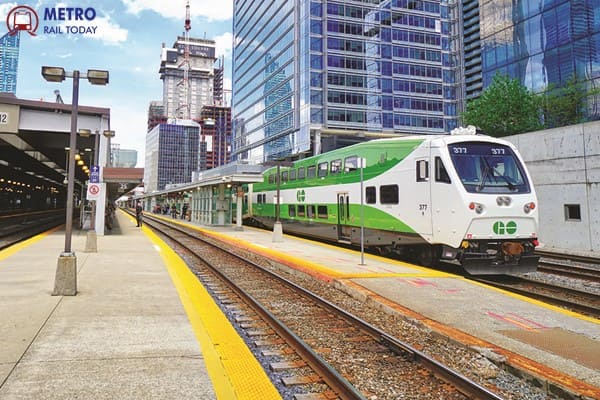 Lagos to begin construction of $3 Billion Green Line Urban Rail Project in December 2025
Lagos to begin construction of $3 Billion Green Line Urban Rail Project in December 2025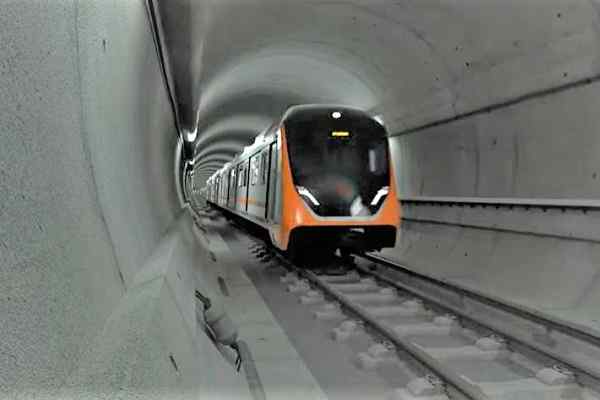 TBM Vidyarthi achieves Final Breakthrough at Kanpur Central for Kanpur Metro Orange Line
TBM Vidyarthi achieves Final Breakthrough at Kanpur Central for Kanpur Metro Orange Line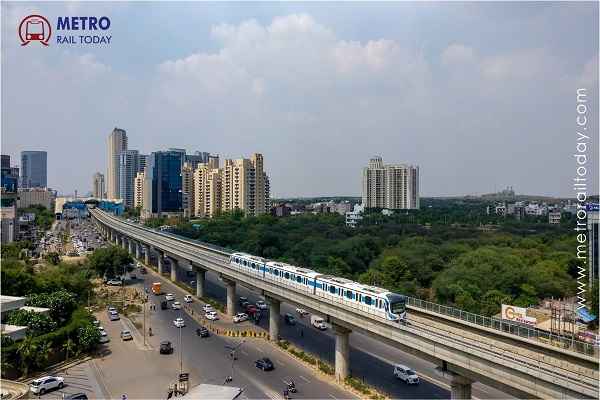 Haryana approves Spur Line connecting Gurugram Metro from Sector 5 with Railway Station
Haryana approves Spur Line connecting Gurugram Metro from Sector 5 with Railway Station
NCRTC installs viaduct span at highest point to cross EDFC for Delhi-Meerut RRTS Corridor
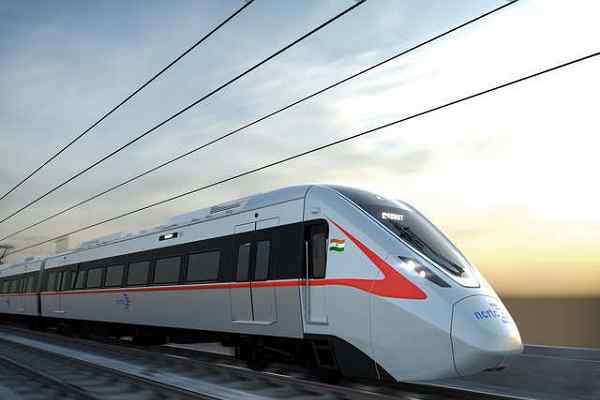
Meerut, India (Metro Rail Today): The under construction Delhi-Meerut RRTS corridor has successfully crossed the Eastern Dedicated Freight Corridor (EDFC) over Delhi-Meerut Road at an elevation of about 22 metres in Meerut. To cross the EDFC, segments of viaduct spans have been installed in Mohiuddinpur area of Meerut.
After crossing the border of Modi Nagar on Delhi-Meerut road, EDFC is crossing Delhi-Meerut Road just before Meerut South station of Delhi-Meerut RRTS corridor. Goods trains of Indian Railways will pass through this corridor. Delhi-Meerut road is at the bottom, EDFC above that and RRTS corridor wiil be on the top.
This will be the only place on the entire 82 km long Delhi-Ghaziabad-Meerut RRTS corridor, where Indian Railways and RRTS trains will pass simultaneously over a busy road. The height of RRTS pillars has also been increased to cross the EDFC. The segments of the viaduct span have been set up by erecting two pillars on either side of the EDFC. There is a distance of 34 meters between these two pillars.
This process was completed on the Delhi-Meerut road with the help of the traffic department. During this time the flow of vehicles remained normal in this area.
Tarini, which has been constructing viaduct from Modi Nagar side, has crossed EDFC and now this Tarini will construct viaduct towards Meerut South station. With the installation of this span, the viaduct construction in the direction of Meerut has reached the next stage.
Meerut South station will be special for the people as the metro train will be run from here for the people of Meerut. After Meerut South station, Meerut Metro will have Partapur, Rithani, Shatabdi Nagar, Brahmapuri, Meerut Central, Bhainsali, Begumpul, MES Colony, Daurli Meerut North Modipuram and Modipuram Depot stations.
It is noteworthy that the target is to operate RRTS trains in the 17 km long priority section in March this year. To achieve this goal, the priority section is being prepared at a fast pace. NCRTC teams are working day and night in this construction work.
NCRTC is implementing India's first Regional Rapid Transit System (RRTS) which is a rail-based, high-speed, high-frequency regional commuter transit system. It has a design speed of 180 kmph and an average speed of 100 kmph. Powered by electric traction, RRTS will serve as a green mode of transit in NCR. It aims to reduce Green House Gas (GHG) emissions and pollution in the National Capital Region.





